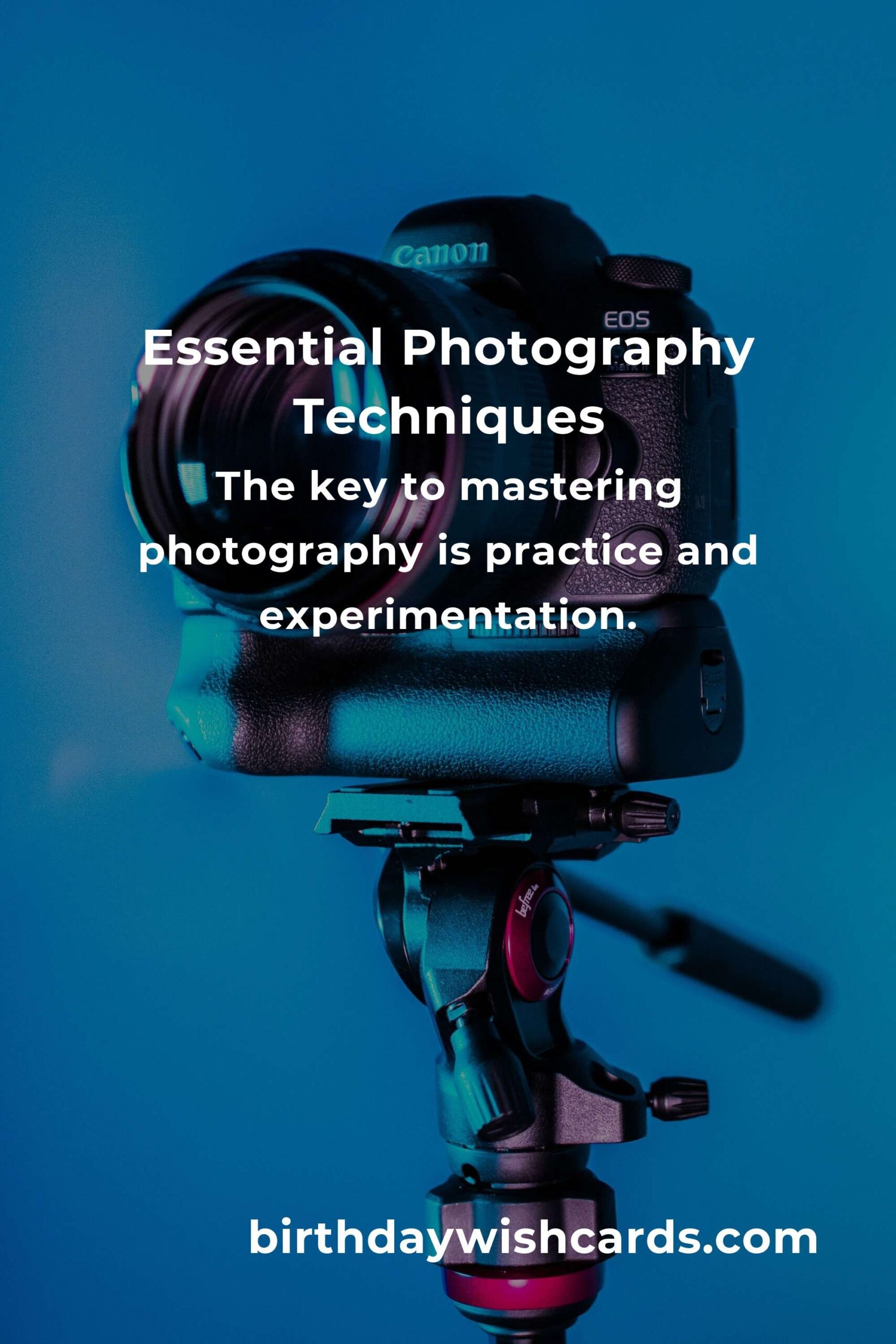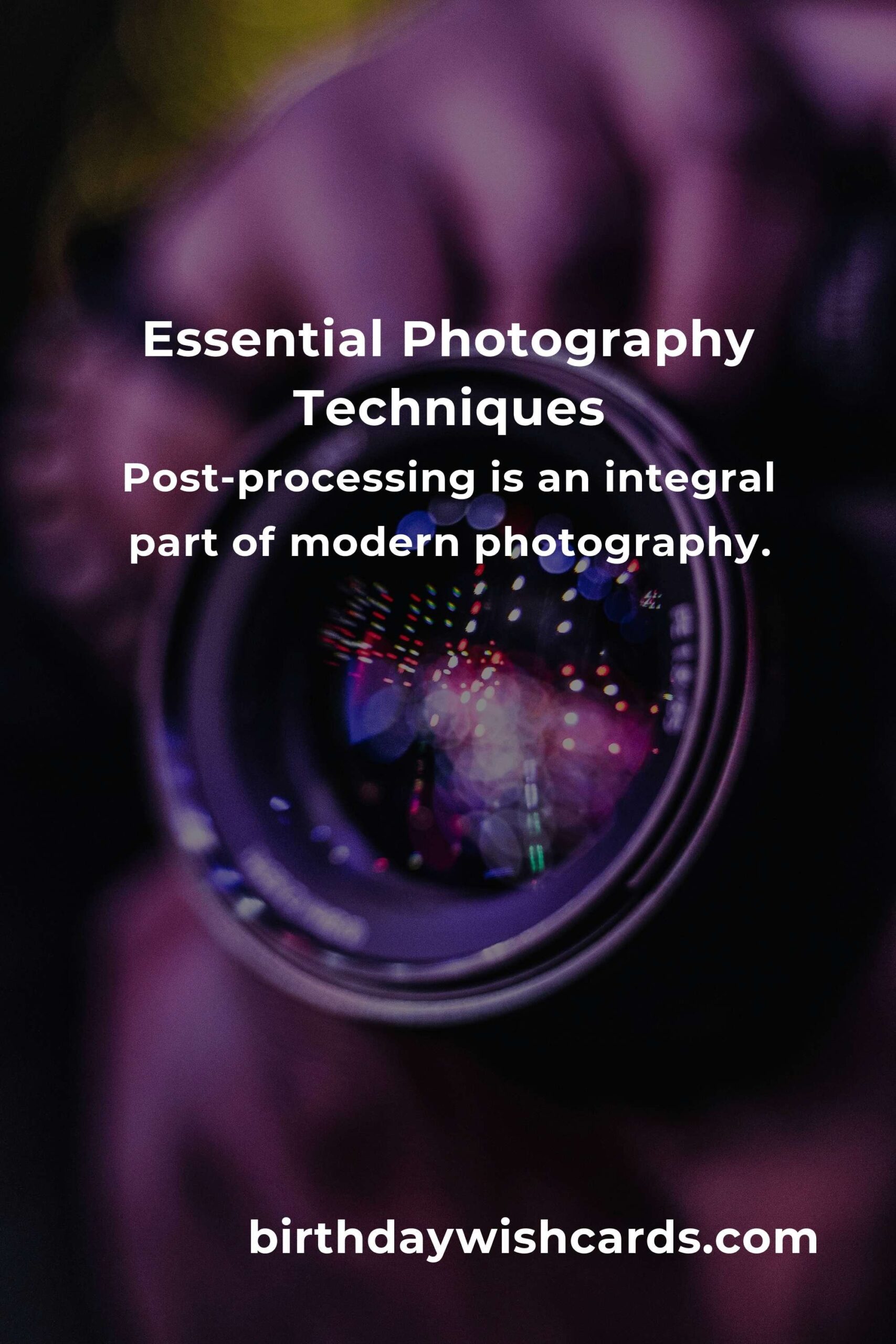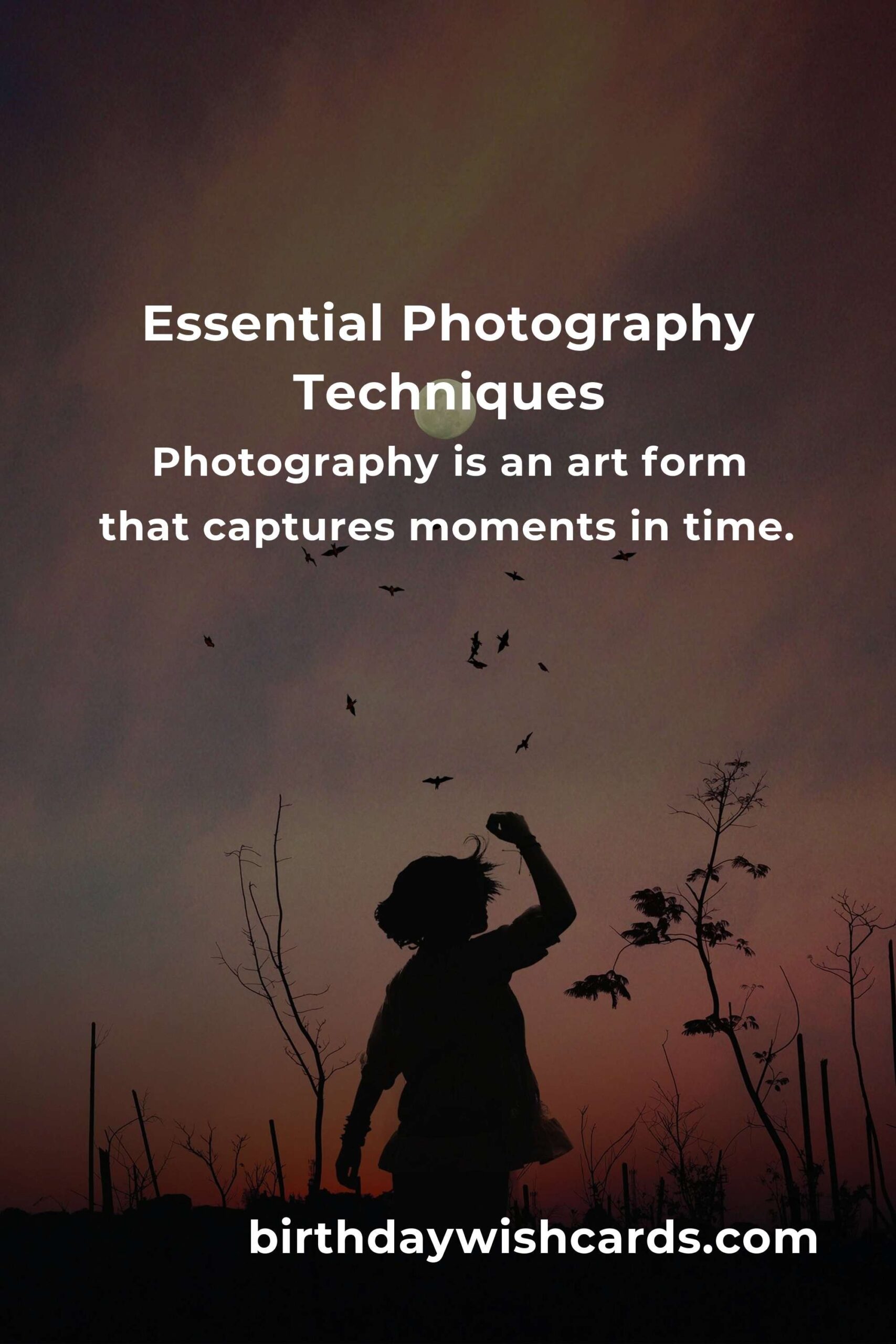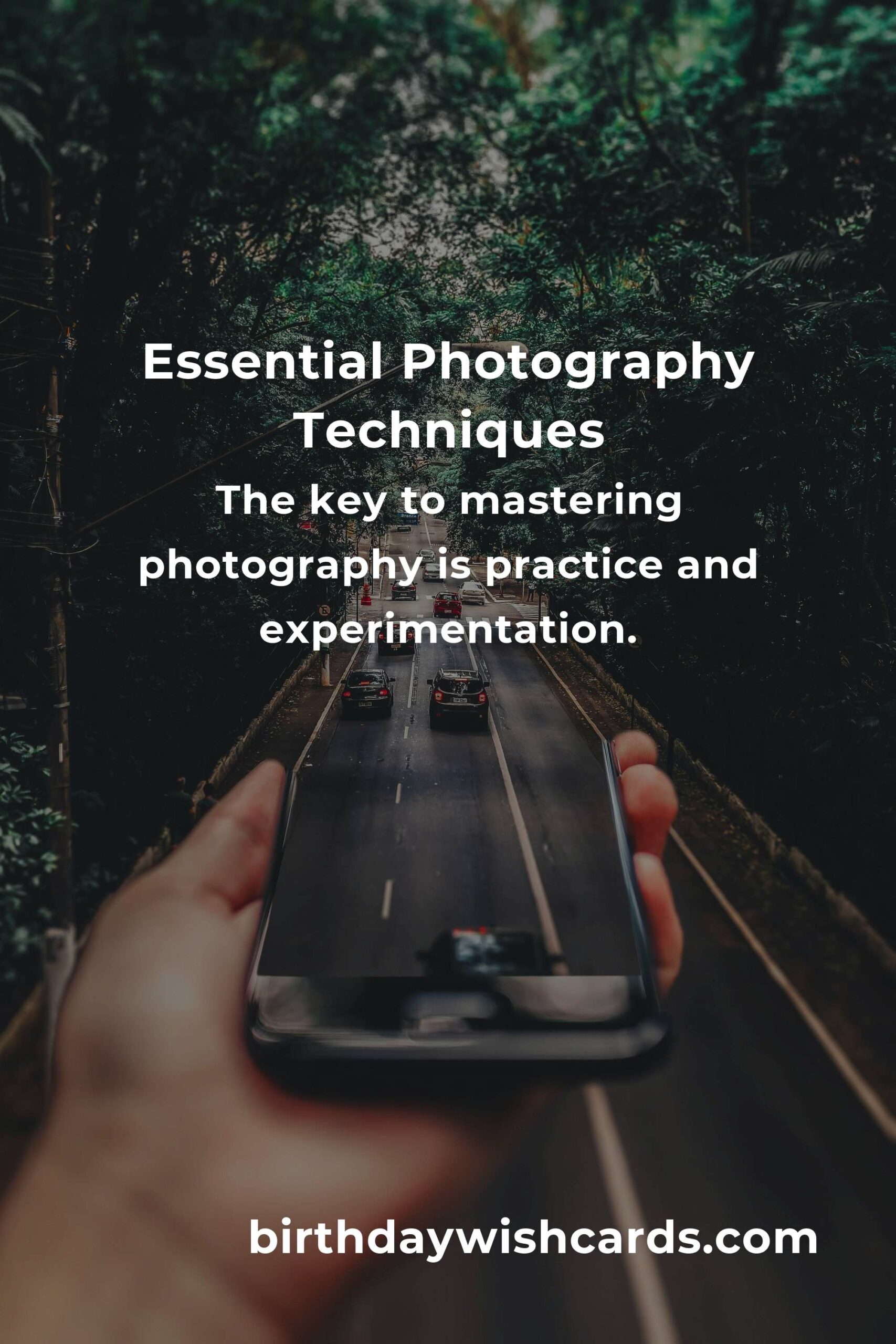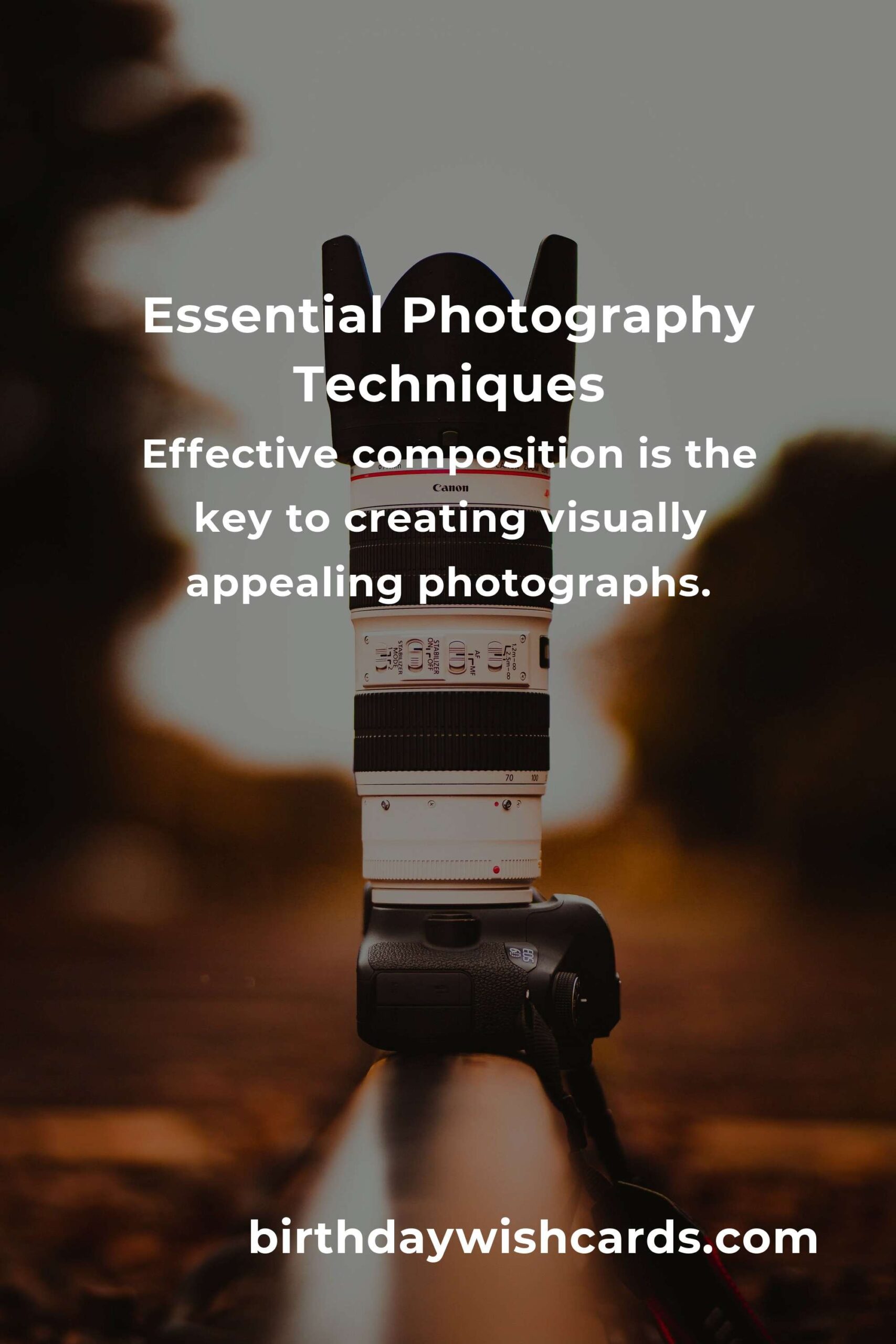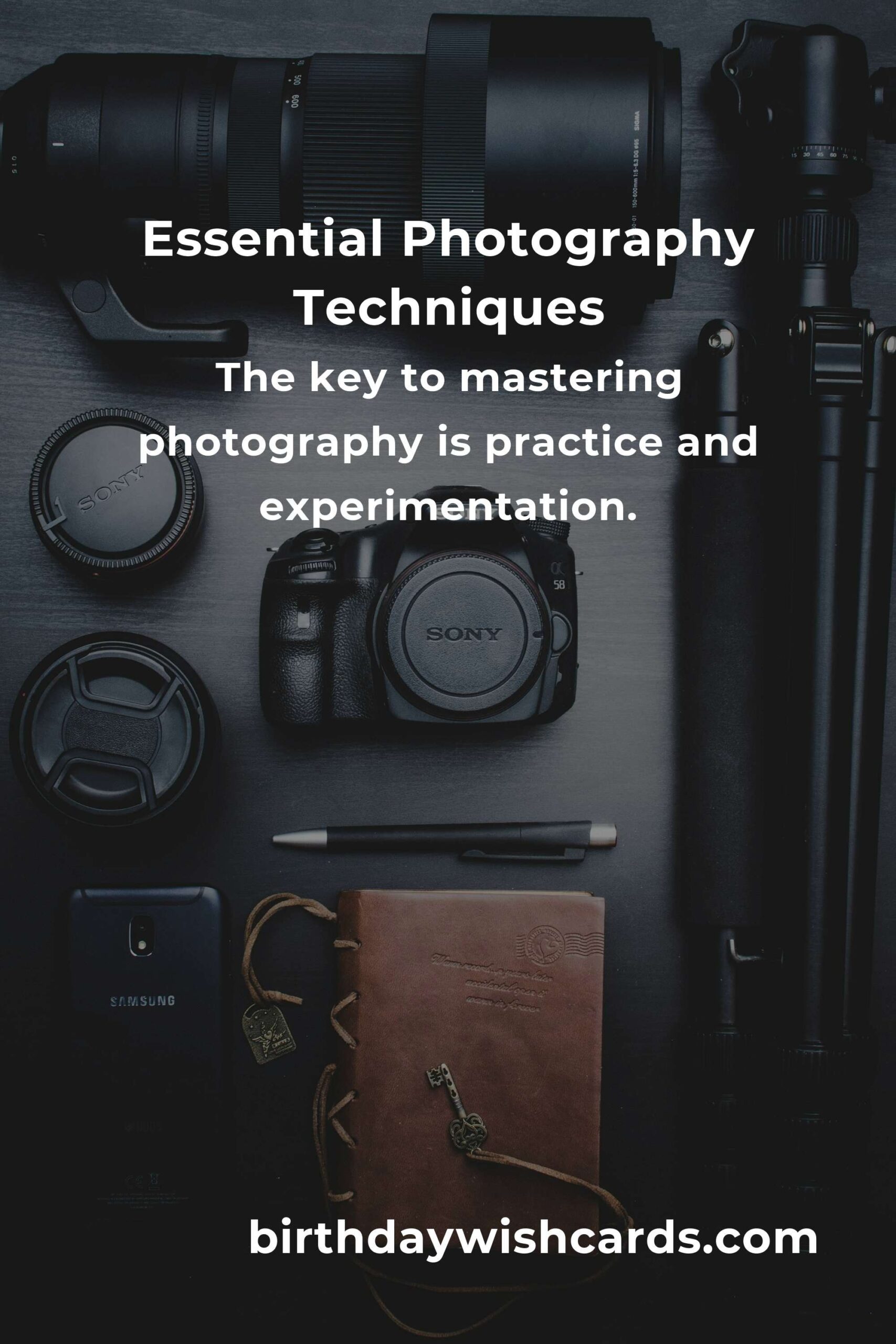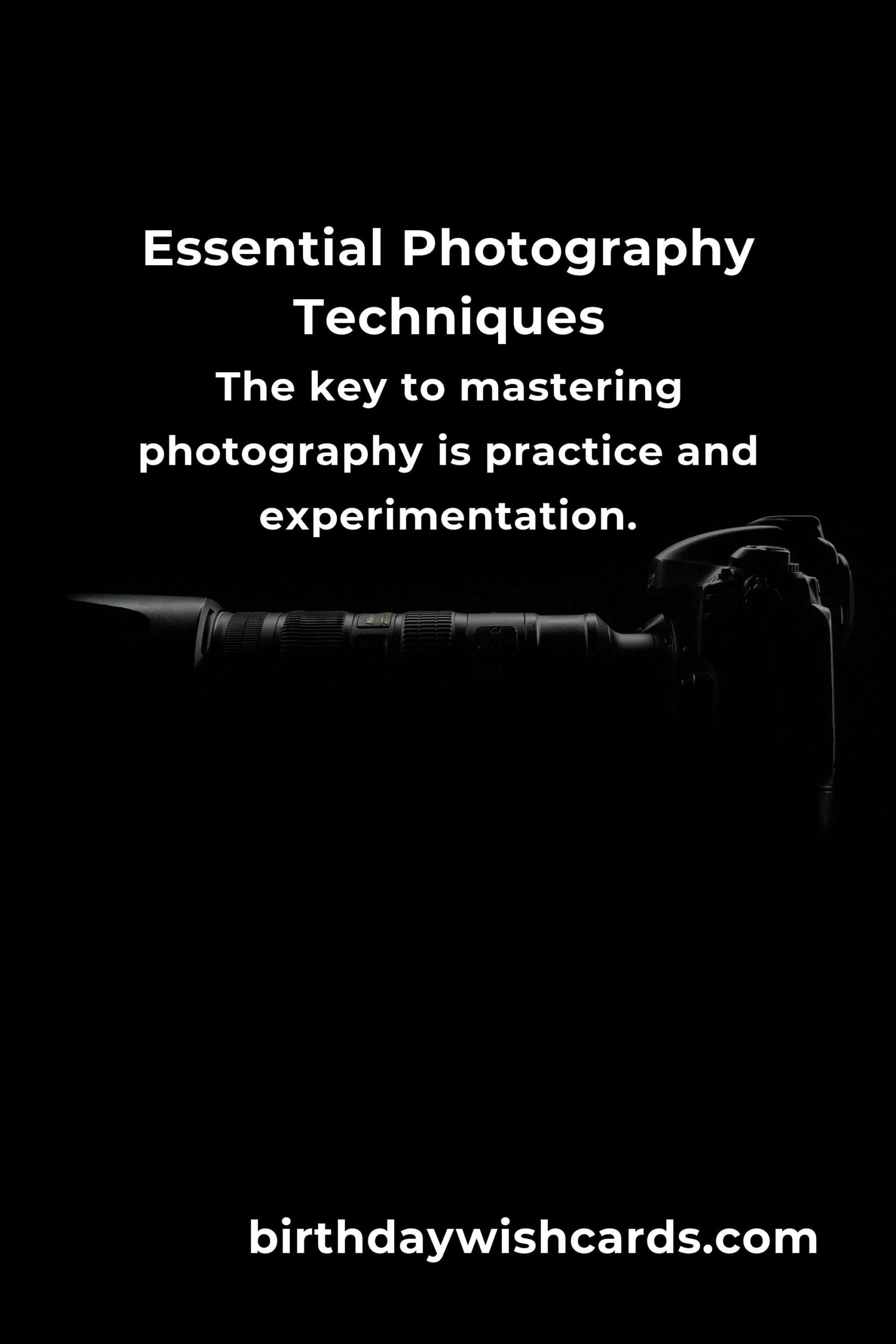
Photography is an art form that captures moments in time, allowing us to express creativity and document the world around us. Whether you are a beginner looking to learn the basics or an experienced photographer seeking to refine your skills, understanding the fundamentals of photography is essential.
Understanding Your Camera
The first step in mastering photography is understanding your camera. Whether you are using a DSLR, mirrorless, or a smartphone camera, knowing how your device works is crucial. Familiarize yourself with the camera settings, lenses, and features. This knowledge will empower you to make informed decisions about exposure, focus, and composition.
The Exposure Triangle
The exposure triangle is a fundamental concept in photography that involves three key elements: aperture, shutter speed, and ISO. These elements work together to determine the exposure of your photograph.
Aperture controls the amount of light that enters the lens. It is measured in f-stops, and a lower f-stop number means a larger aperture, allowing more light to hit the sensor. Aperture also affects the depth of field, which is crucial for creating a blurred background effect.
Shutter Speed determines how long the camera’s shutter remains open to expose light onto the sensor. Fast shutter speeds are ideal for capturing motion without blur, while slower speeds can create artistic motion blur effects.
ISO refers to the camera’s sensitivity to light. A lower ISO value means less sensitivity, ideal for bright conditions, while higher ISO settings are useful in low-light situations but may introduce noise into the image.
Composition Techniques
Effective composition is the key to creating visually appealing photographs. Several tried-and-true techniques can enhance your images:
- Rule of Thirds: Divide your frame into a 3×3 grid and position the subject along these lines or at their intersections for a balanced composition.
- Leading Lines: Use natural or artificial lines to guide the viewer’s eye toward the subject.
- Framing: Incorporate elements like windows or branches to frame the subject and add depth to your composition.
Lighting Conditions
Lighting is one of the most critical aspects of photography. Natural light, particularly during the golden hour (shortly after sunrise or before sunset), can create stunning images with warm tones and soft shadows. Understanding how to manipulate light, whether through reflectors, diffusers, or flash, is essential for capturing the perfect shot.
Post-Processing Basics
Post-processing is an integral part of modern photography. Editing software like Adobe Lightroom or Photoshop allows photographers to enhance their images, correct exposure, adjust colors, and remove unwanted elements. Learning basic editing skills can significantly improve your final results, allowing you to bring your creative vision to life.
Practice and Experimentation
The key to mastering photography is practice and experimentation. Take your camera everywhere, try different techniques, and don’t be afraid to make mistakes. Analyze your work, learn from it, and continue to push the boundaries of your creativity.
By understanding these fundamental lessons, you will be well on your way to becoming a proficient photographer. Remember, photography is not just about capturing images; it’s about telling stories and expressing your unique perspective to the world.
Photography is an art form that captures moments in time. The exposure triangle involves aperture, shutter speed, and ISO. Effective composition is the key to creating visually appealing photographs. Lighting is one of the most critical aspects of photography. Post-processing is an integral part of modern photography. The key to mastering photography is practice and experimentation.
#Photography #CameraBasics #PhotoComposition #Lighting #PostProcessing

